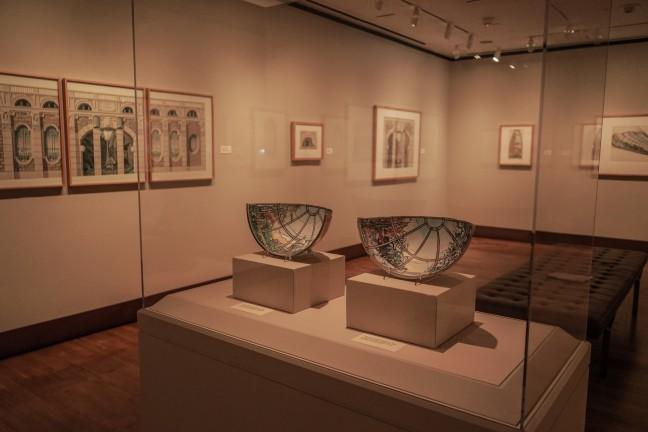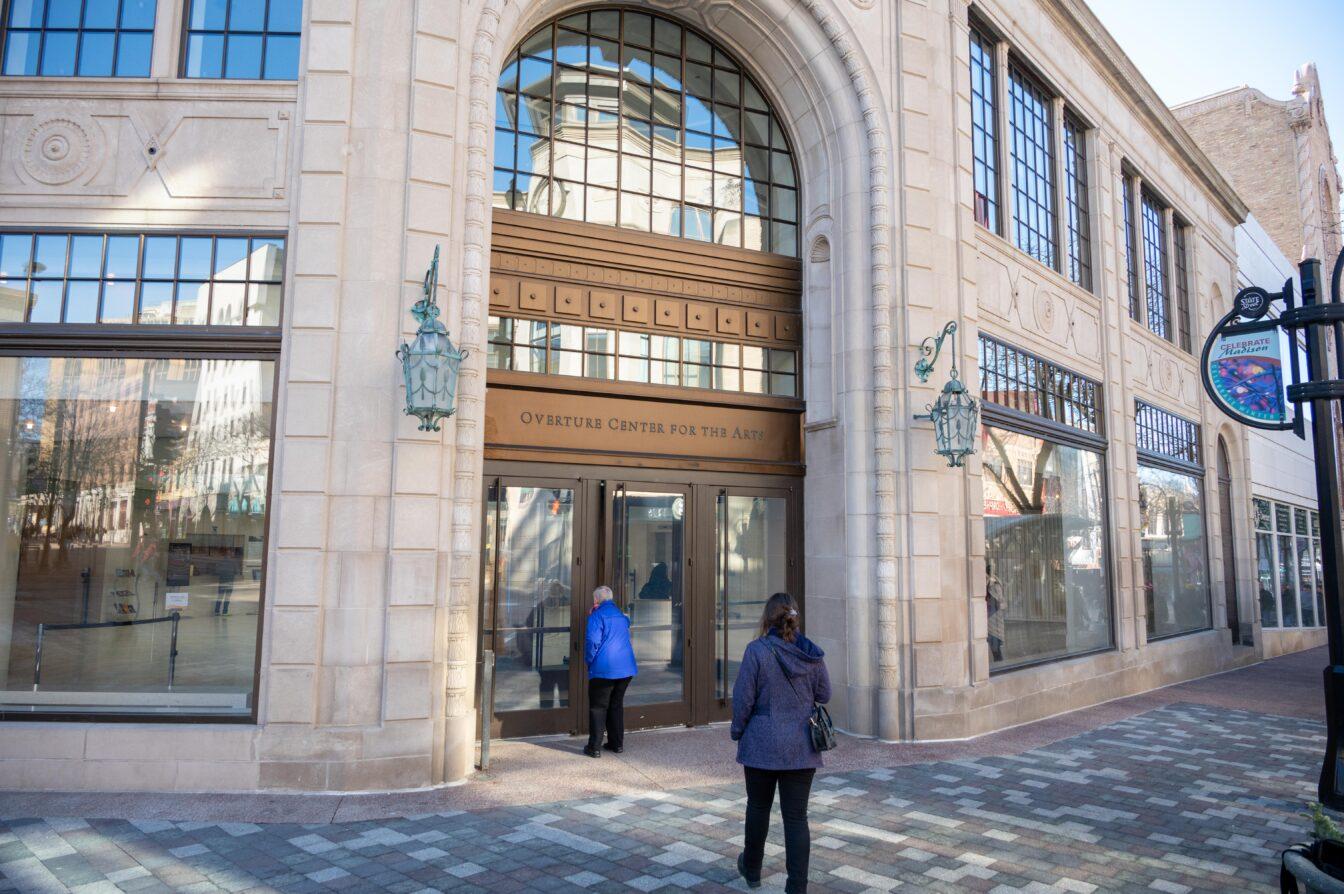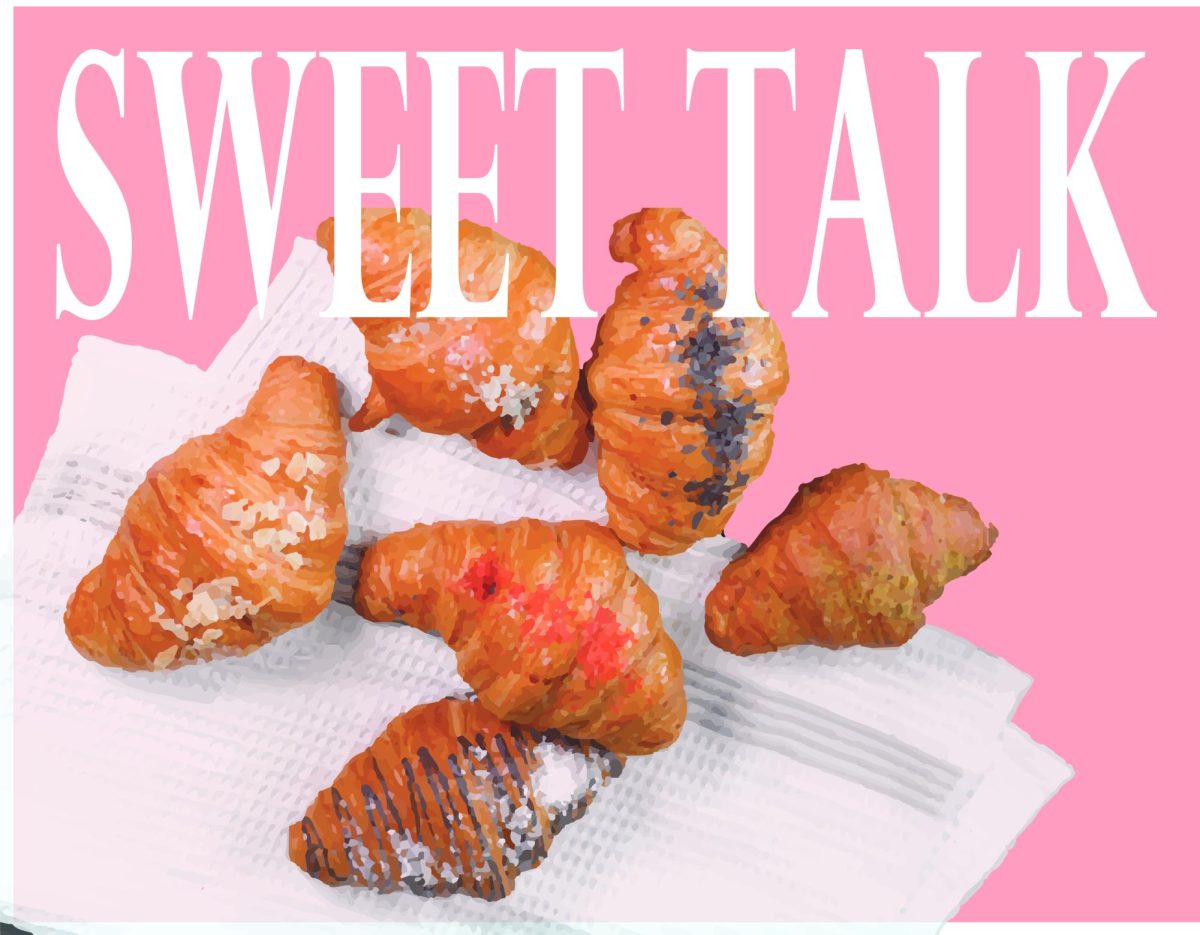Most famous for his murals and architecture prints, Richard Haas has earned a temporary exhibition for his work in his home state at Madison’s Chazen Museum of Art.
On display in this Chazen exhibition from Nov. 13 to Jan. 10 are the initial sketches and plans from two of his famous works — the Olin Terrace mural and a private residence ceiling mural, both located in Madison. In addition, the Chazen is presenting his architectural prints depicting New York stone buildings.
Through the use of graphite, watercolors, ink and marker, Haas, a Wisconsin native, creates unique landscapes that combine Wisconsin’s nature and architecture.
In some of his works, Haas paints images of trees and plants blooming in the foreground set against landmarks, such as the Capitol building, in the background. The gentle, neutral colors of these pictures show a softer, scenic and subconsciously appealing side of the Midwest.
Though he began creating art in the 1970s in New York, his work is timeless.
Haas’ past murals appear on urban walls and inside buildings in a style that mimics three-dimensional architecture through illusions. In Haas’ murals, he often paints windows containing apparent external scenes, intriguing viewers with this trompe l’oeil style.
These windows contain sections, in either square or rectangular shapes, that divide the focus of the image. Each portion of his murals contains a piece of the puzzle and a window into the scenery.
But Haas’ work has not come without controversy. When Haas’ team was in the process of completing his famous Olin Terrace mural, which the city of Madison commissioned, motorists driving past threw apples and paint at it, requiring restoration not long after.
Ironically, in the windows of his 1985 Olin Terrace mural, Haas painted shadows resembling the Monona Terrace, which would eventually cover up much of his mural after the building was completed 10 years later. Interestingly, the Monona Terrace was the subject of controversy itself — Frank Lloyd Wright proposed the design in 1938, but it wasn’t completed until 1997.
Whether in black and white etching, dry point or in beige and blue toned watercolors, Haas creates images that are neither overbearing nor harsh. Each of his pieces is easy to look at and breathe in.
Each piece of his art seems to take on a life of its own, holding the personality of the gentle setting it captures. And his Midwestern images are recognizable — ones that you can relate to, and may even call home.








